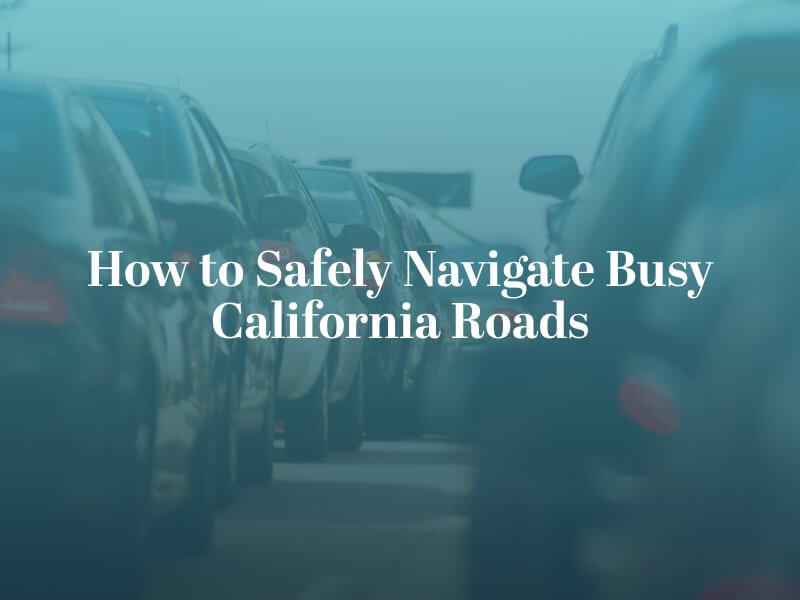California is known as a “car state” for a reason. Compared to cities in East Coast states, California’s urban areas are spread out over many miles rather than concentrated in a small area with buildings built upward into skyscrapers. With greater urban sprawl, California residents are more likely to need a car rather than relying solely on public transportation.
If you are a new driver or new to California, before you hit the Pacific Coast Highway or any of California’s busy metro-area roadways, it’s critical to familiarize yourself with the state’s rules of the road—especially the following important traffic laws in California. The Encino personal injury attorneys at Younglove Law Firm highlight a few important laws every resident or visitor should be aware of when driving through this state.
California requires drivers to carry a valid driver’s license and at least the minimum in required auto insurance liability coverage. New, non-resident vehicles require a safety inspection before becoming legally registered in the state. This inspection is free.
All motorists must wear a seatbelt in California, including while riding in backseats. Children under age eight must ride in size-appropriate car seats or child booster seats. California law prohibits adults from smoking in a vehicle when minors are present.
Many drivers who are new to California are stunned to see motorcycle riders speeding along their way while riding in between slowed or stalled traffic lanes. California is the only state in the U.S. that legally allows motorcyclists to “lane-split” or ride between lanes, but only when traffic has significantly slowed or backed up. The law also requires drivers in the left lane to move as far over to the left as safely possible to provide enough room for motorcyclists to pass.

California requires slower traffic to stay in the right lane on multi-lane roadways. On two-lane roads, slow drivers must keep their vehicles as far to the right of their lane as possible so faster-moving traffic has ample room to safely pass. If a vehicle is moving under the minimum speed limit on the roadway, or so slowly that they’re significantly impeding the flow of traffic, California allows them to drive along the shoulder of the road on the right when safely possible. They must signal when returning to the right lane of traffic.
When an emergency vehicle is on the roadside, including police vehicles, ambulances, and/or firetrucks, California law requires motorists in the lane of traffic closest to the emergency vehicle to move over to the next lane whenever possible to allow safe space for emergency personnel to safely do their jobs.
California requires motorists to limit themselves to hands-free technology on their devices when behind the wheel. The state imposes penalties and license points for distracted drivers as well as additional penalties for commercial vehicle license holders.
When two or more vehicles approach a four-way stop in California, the vehicle that first comes to a complete stop proceeds first through the intersection. Other vehicles must yield the right of way. If two vehicles stop at the same moment, the driver on the right goes first and the driver on the left must yield the right of way.
California has some laws that are unique to the state—or simply unique. For instance, in some places, crossing fowl have the right of way on California streets. Peacocks crossing the road anywhere in Arcadia have the legal right of way. Ducks crossing Rancho California Street in Temecula have the right of way in traffic.
In California, autonomous vehicles with no driver may not exceed speeds over 60 miles per hour.